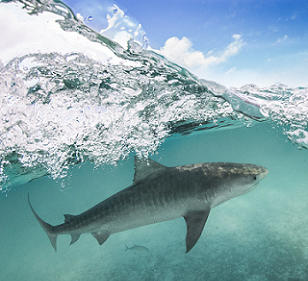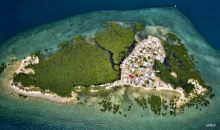
Marine protected areas (MPAs) exist all over the world to protect biodiversity. Their protection statuses range from minimally protected “sustainable use” areas to no-take zones, where any form of extractive activity, like fishing or mining, is prohibited. “Like protected habitats on land, these are the areas we want to preserve to give animals a safe haven,” says Sarah Ohayon, a zoologist at Tel Aviv University.









